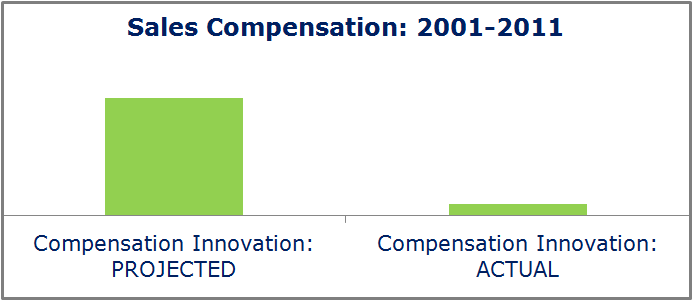A Reminder of What Technology Can Do
A few weeks back, we presented at the MFEA Distribution Technology Summit in Tampa. Much of the discussion focused on the impact of mobile – Web sites, apps, CRM, advertising – on both asset managers and financial advisors. We’re biased, but it was a good day.
The last session was a panel of sales executives. Among the many issues the panel touched on was the idea of adoption – how much are advisors and wholesalers actively using mobile technology?
The sales executives provided a valuable reminder – there is a non-trivial subset of advisors and wholesalers who will NOT embrace mobile. While technology can bolster execution and add a positive dynamic to relationships with advisors, it is not essential for everyone.
The reality is:
- Many wholesalers and advisors have been successful for a very long time before mobile became important
- Some wholesalers and advisors will always be inclined to avoid new technology
It reminded me of a project we did a few years ago. We spent 20 days in the field with some of the most successful insurance producers in the country. As it turned out, two of these producers were complete technophobes. When I say complete, I mean they:
- Did not have a computer or laptop in their offices
- Did not carry a smartphone
- Spent exactly zero minutes per day surfing the Web and using e-mail
And yet, both were HUGELY successful by any measure. In fact, these guys are in the top 0.2% of producers in terms of overall production. Similarly, some of the best wholesalers in the industry rely on zero cutting-edge technology. The MFEA panel discussion reminded me of this.
Technology in and of itself is not a solution, but part of a suite of resources that can make doing business easier. We need to avoid thinking that technology is universally transformational, that more of it is always going to help everyone.
Our collective excitement at the opportunities presented by technology needs to be coupled with an equal dose of pragmatism.







